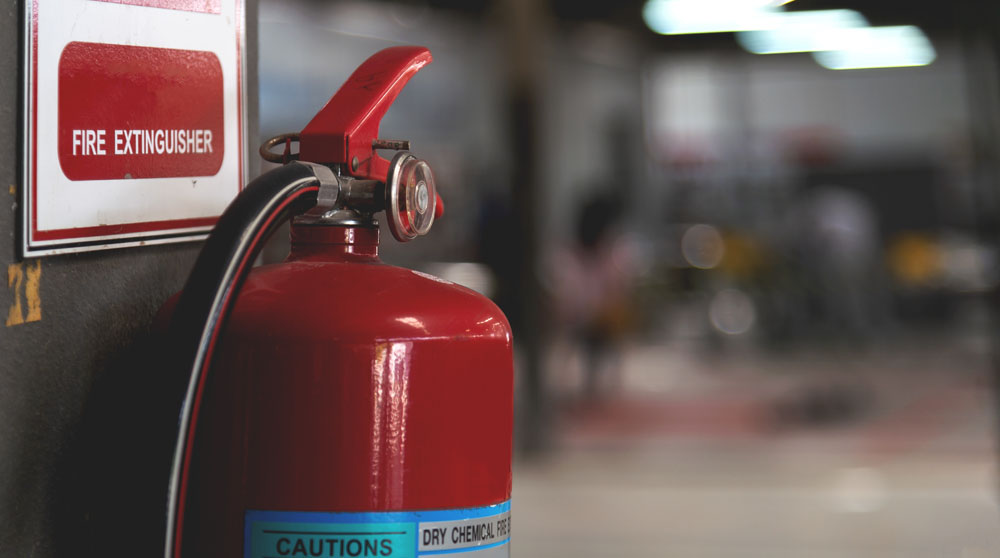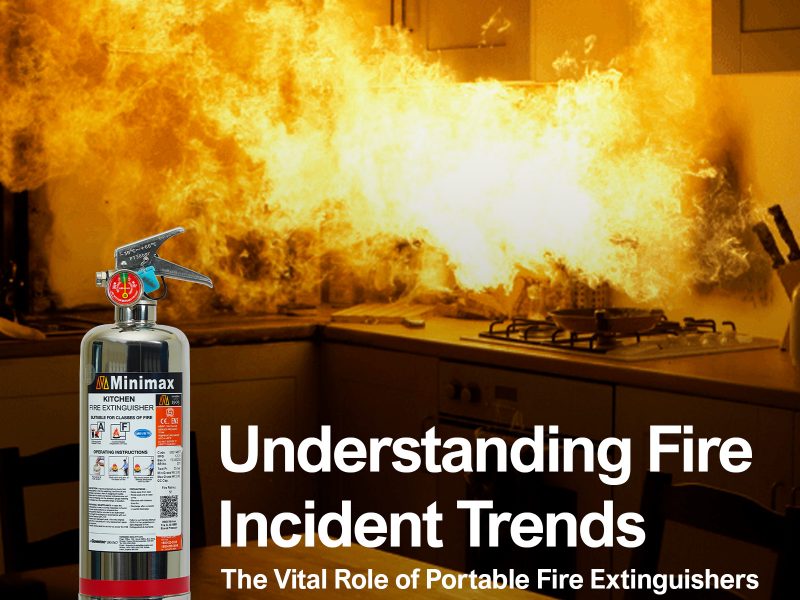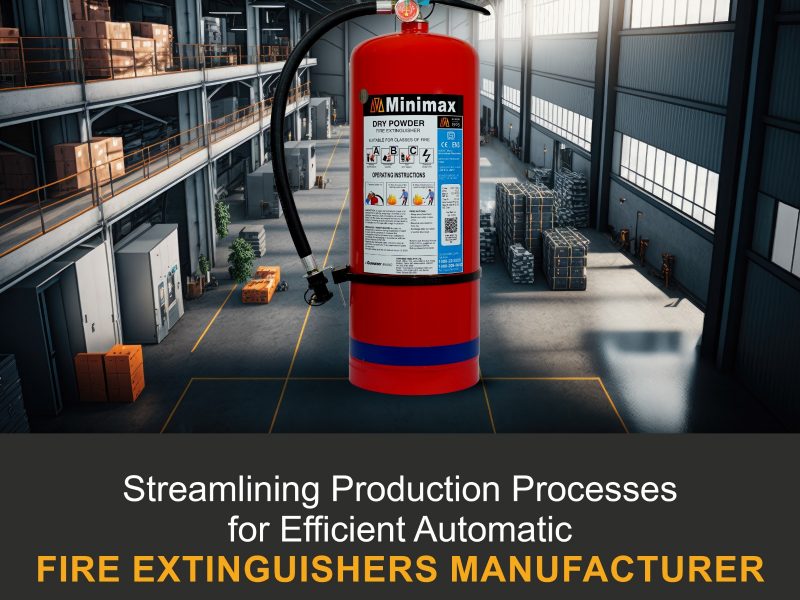
Safety must be the topmost priority when it comes to any industrial premises. It includes emergency lighting, carbon monoxide detectors, safety from intruders, and fire protection systems.
By investing time, proper planning, and preventive safety measures, you can save a lot on insurance payments, commercial impacts, reputation, and lives in the long run. An experienced and trained building safety team ensures the property remains safe and secure.
To further ensure that your industrial premises are safe, we have prepared a quick guide as follows:
1. Early Reporting
Staff should be trained, encouraged, and reminded to report any concern related to concern so necessary action can be taken at the right time to avoid potentially damaging mishaps. Employees should report to their supervisor or assigned safety manager about anything potentially unsafe to undertake the necessary steps to safety.
2. Maintaining Checklists
Creating and maintaining checklists that outline safety protocols can assist in identifying potential hazards. Safety checklists monitored frequently can reduce the chances of accidents occurring, ensuring the safety of property and life.
The different types of checklists are:
– Safety inspection form
– Safety hazard observation
– Incident reports
– QA checklist
3. A Safety Culture
Cultivating a culture of safety will ensure that employees respect and care about the safety of their environment. Concerned authorities shall arrange seminars, training, and fire drills to develop a safety culture. The administration shall implement best-suited preventive measures across the premises in their safety plans.
4. Safety Gear
It should be mandatory that all employees follow safety norms, including wearing safety gear. When working with specific machinery or toxic material, the people concerned must wear the necessary safety gear to reduce injuries due to accidents.
5. Training
Proper training on handling, maintenance, tools and material storage, machinery operation can prevent possible workplace accidents that lead to loss of lives and valuable resources.
6. Prioritizing Cleanliness
An organized and clean workplace can prevent tripping, falls, spillages, and accidents leading to injury and losses.
7. Emergency Generators
Having an emergency generator in place will ensure that operations keep running when there is a power outage. Reduction in the cases of time and data loss in case of power failure. If medical and life-saving equipment is in use, having a backup generator can mean life or death for the people concerned.
8. Emergency Lighting
Proper lighting is crucial when it comes to working within an industrial building. In case of natural disaster, power outage, or any other unfortunate incident, there could be a cut in electric supply – hampering lighting can disrupt workflow or endanger lives. Emergency lighting will help people exit safely as per the floor plan.
9. Backflow Preventers
When there is a drop in the pressure of the hydrant inlet water line, the water flows into low-pressure areas. With the backflow prevention devices installed, water will not flow in the wrong direction of the plumbing system. Backflow preventers will have to be maintained correctly through inspections, installations, and testing by an experienced building safety company.
10. Carbon Monoxide Detectors
Carbon monoxide is famously known as a silent killer as it is colorless and odorless, making it hard to detect. Prolonged inhalation poses several long-term health hazards. Industrial buildings must ensure carbon monoxide emission levels never exceed the safety norms. Hiring a building safety company that installs carbon monoxide detectors becomes crucial to ensure smooth operations without health risks for the people within the premises.


